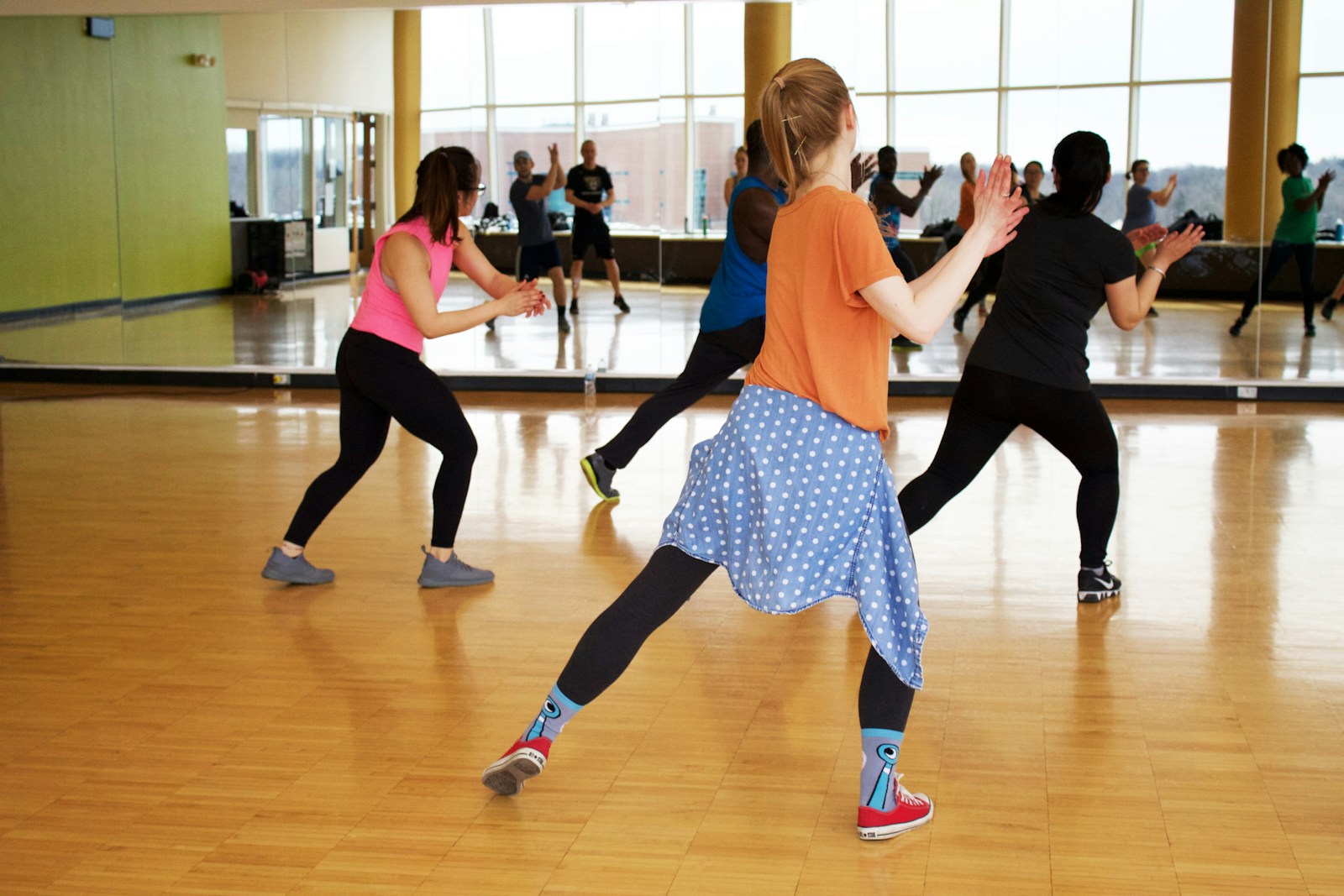The Pros and Cons of Dancing
Exploring the Benefits and Drawbacks of Dancing
Dancing is a form of expression that has been a part of human culture for centuries. It can take many forms, from traditional cultural dances to modern styles like hip-hop and salsa. People dance for various reasons, including for enjoyment, as a social activity, or as a professional pursuit. In this article, we'll explore the advantages and disadvantages of dancing, shedding light on the physical, mental, and social aspects of this popular activity.
Dancing has numerous benefits, but it also comes with its drawbacks. Whether you're considering taking up dancing as a hobby or are already a dancer, understanding both the positives and negatives can help you make informed decisions about your involvement in this activity.
Pros
Dancing offers a wide range of benefits that can positively impact various aspects of your life. From physical health to emotional well-being, the advantages of dancing are truly remarkable. Here are some compelling reasons why dancing is an activity worth considering:
Physical Fitness and Coordination
Dancing is a fantastic way to stay physically active and improve your overall fitness. It engages multiple muscle groups, enhances flexibility, and boosts cardiovascular endurance. Moreover, as you learn different dance movements and sequences, you'll enhance your coordination and balance, which can benefit you in various other physical activities and daily tasks.
Cultural Appreciation and Understanding
Engaging in various forms of dance allows individuals to immerse themselves in different cultures, traditions, and histories. This can foster a deeper appreciation and understanding of diverse cultural practices, promoting inclusivity and broadening one's worldview.
Stress Reduction and Mood Enhancement
Engaging in dance can have a positive impact on your mental well-being by reducing stress and fostering a sense of relaxation. The combination of music, movement, and social interaction releases endorphins, the body's natural feel-good chemicals, which can elevate your mood and contribute to a sense of overall happiness.
Social Connection and Community
Dancing often takes place in social settings such as dance classes, social events, and performances, providing opportunities for social interaction and the formation of new friendships. Joining a dance community can create a sense of belonging and connectedness, offering emotional support and camaraderie.
Self-Expression and Creativity
Dance allows individuals to express themselves creatively through movement and interpretation of music. It provides a platform for personal expression, allowing dancers to convey emotions, stories, and artistic concepts through their movements, fostering a deep sense of creativity and self-discovery.
Cognitive Benefits and Brain Health
Engaging in complex dance routines and choreography can have a positive impact on cognitive function and brain health. Learning and memorizing dance sequences stimulate the brain, improving memory, concentration, and cognitive flexibility. These cognitive benefits can extend to other areas of life, enhancing overall mental acuity.
Emotional Release and Therapy
Dancing provides an outlet for emotional expression and can serve as a therapeutic activity for individuals dealing with stress, anxiety, or trauma. Through movement and music, dancers can release pent-up emotions and achieve a sense of catharsis, leading to emotional healing and well-being.
Missing a pro?
Let us know which pro you are missing!
Cons
While dancing offers a multitude of benefits, it's important to acknowledge the potential drawbacks and challenges associated with this activity. Understanding the limitations and risks can help individuals approach dancing with realistic expectations and take necessary precautions. Here are some considerations to keep in mind:
Social Pressures and Competition
In certain dance environments, particularly competitive settings, individuals may experience social pressures and intense competition, which can lead to stress and anxiety. The pursuit of perfection and comparison with peers can create psychological challenges for some dancers, impacting their confidence and mental well-being.
Risk of Injury
Like any physical activity, dancing carries a risk of injury. Depending on the dance style and intensity, dancers may be susceptible to sprains, strains, and other musculoskeletal injuries. Proper warm-up, technique development, and physical conditioning are essential in mitigating the risk of dance-related injuries.
Financial Costs
Participating in dance classes, workshops, or competitions can entail financial expenses. Costume purchases, registration fees, and private lessons can add up, particularly for those pursuing dance as a serious hobby or profession. Individuals should consider the financial investment required for their level of involvement in dancing.
Time Commitment
Learning and mastering dance techniques, routines, and choreography require a significant time commitment. This can be challenging for individuals balancing dance practice with other responsibilities such as work, education, or family obligations. Time management and prioritization are crucial for maintaining a healthy balance.
Physical Demands and Exhaustion
Dancing at a high intensity or for prolonged periods can lead to physical exhaustion and fatigue. Overtraining and inadequate rest can increase the risk of burnout and may negatively impact the body's recovery and overall well-being. It's important for dancers to listen to their bodies and practice proper self-care.
Repetitive Strain and Overuse Injuries
Regular dance practice, especially in intense and repetitive styles, may lead to overuse injuries such as tendonitis, stress fractures, and muscle strain. Dancers need to be mindful of proper technique, conditioning, and rest to minimize the risk of these types of injuries.
Potential for Body Image Issues
The emphasis on physical appearance and body image in certain dance genres, along with the prevalence of stereotypes in the dance community, can contribute to body image issues and self-esteem concerns, particularly among younger dancers. It is important for individuals to have a healthy and balanced perspective on body image while participating in dance.
Missing a con?
Let us know which con you are missing!
Conclusion
Dancing offers a myriad of benefits, from physical fitness and social connection to creative expression and cognitive stimulation. However, it's essential for individuals to consider the potential risks and challenges associated with dancing to make informed decisions about their involvement in this activity. By recognizing both the advantages and disadvantages, individuals can approach dancing with a balanced perspective, maximizing the benefits while addressing the potential drawbacks. Whether you're a seasoned dancer or considering taking your first steps onto the dance floor, understanding the full spectrum of the impacts of dancing can enrich your experience and decision-making process.
What do you think?
Do you think the pros outweigh the cons?










